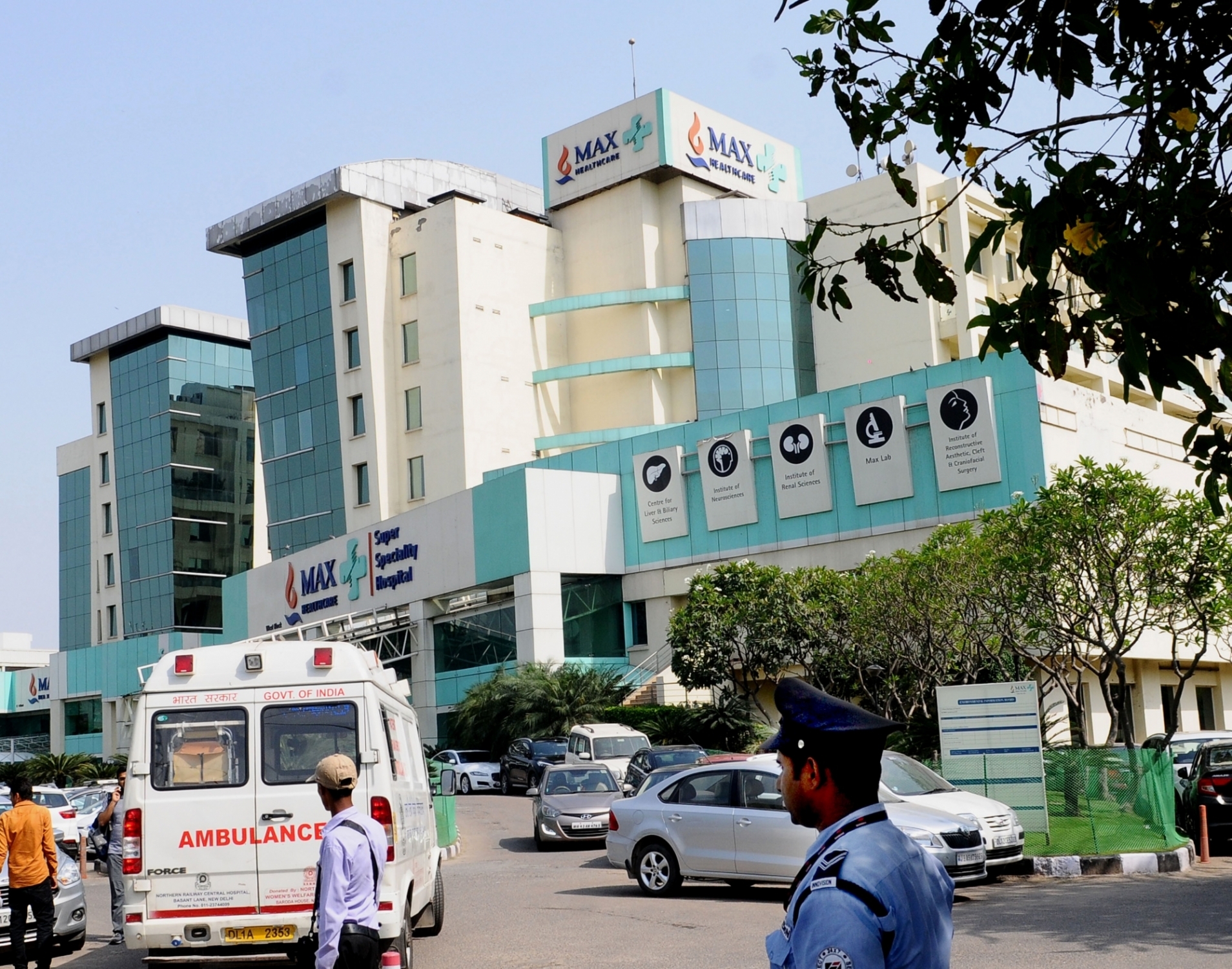Without additional investment in childhood cancer care, 11 million children aged 14 years and younger are expected to die from cancer over the next 30 years worldwide, warn researchers including one from Max Super Speciality Hospital in Saket.

According to the researchers, more than 9 million deaths (84 per cent) will be in low-income and lower-middle-income countries.
“Most children with cancer in India die every year. This is because nearly half of them will not get diagnosed and treated and the remaining will get inadequate treatment and social support,” Dr Ramandeep Arora, pediatric Oncology, Principal Consultant at Max Super Speciality Hospital told IANS.
“If, however, we invest in developing and scaling-up access and referral pathways and provide high-quality treatment, supportive and social care thud reducing treatment abandonment, we can save the majority of lives of these children with cancer,” added Arora who is the co-author of the study published in the journal The Lancet Oncology.
Authored by 44 leading oncologists, paediatricians, global health experts, and economists, the report demonstrated that with investment in expanding worldwide coverage of achievable cost-effective interventions and strengthening health systems, millions of children’s lives could be saved, with huge economic benefits that far exceed the costs.
“This report provides compelling evidence that improving outcomes for children with cancer is both feasible and highly cost-effective investment for all countries rich and poor alike,” said study researcher Professor Rifat Atun from the Harvard University in the US.
“Expanding access to achievable diagnostics, treatment, and supportive care, alongside strengthening health systems more widely, could prevent more than 6 million child deaths and bring almost $2 trillion in economic benefits over the next 30 years,” Atun added.
Around 80 per cent of children diagnosed with cancer in high-income countries will live for more than five years, yet fewer than 30 oer cent of children with cancer in Low-to-Middle-Income Country (LMICs) have the same chance of survival, falling to just eight per cent in eastern Africa.
“Outcomes for children in low- and middle-income countries could be dramatically improved by addressing key issues such as delayed diagnosis and lack of access to essential medicines,” said Arora.
“Our report lays out an evidence-based medical framework that countries can use for implementing, integrating, and scaling up care pathways for childhood cancer,” he noted.
Without additional investment to improve access to health-care services and cancer treatment, around 13.7 million children are expected to develop cancer worldwide between 2020 and 2050–over 10 million of these cases will be in LMICs, and around 939,000 in high-income countries, the researchers said.
Of these, 6.1 million cases (45 per cent) will be left undiagnosed and untreated. This is particularly true in South Asia and sub-Saharan Africa, where one in two new cases of cancer will be missed.








